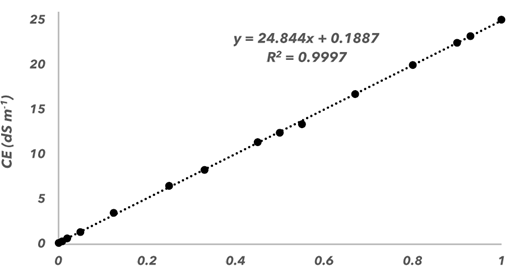Changes in the Properties of Soils Contaminated with Oil Production Water Before and Af ter Treatment with CaO
DOI:
https://doi.org/10.28940/terra.v42i0.1851Keywords:
cation exchange, contamination, petroleum, remediation, salinityAbstract
In the Mexican southeast, hydrocarbon spills and their residues af fect various agricultural sites. A specific case is spills of oil production or congenital waters that cause soil salinization. When soil is contaminated, restorations are regularly carried out based on regulatory limits, but many regions still do not consider the pedological classification, so restorations are not entirely ef fective and, in the case of agricultural soils, reduce your productivity. For these reasons, this study evaluated the cation exchange with CaO applied to four soils contaminated with congenital waters and determined if there are dif ferences in the treatment behavior according to the properties of each soil. It will be found that sandy soils require less treatment time, but have greater ef fects on their properties compared to clay soils, mainly in field capacity, pH, and porosity. Furthermore, it was found that contaminant removal times vary with respect to the type of soil and that this could be related to the amount and type of clay. In the case of congenital water spills, clay soils show a greater increase in electrical conductivity (EC) compared to sandy soils. When remediated with CaO, clay soils needed longer treatment times to reduce EC, but presented fewer changes in their physical and chemical properties. In addition, it was found that, although washing with drinking water is carried out, the treatment with CaO adds alkalinity to the soils, so they must be managed according to the crop to be developed. It is concluded that soils have dif ferent physical and chemical properties, this influences the response they have to an external agent, both when contaminated and when remediated.
Downloads
Publication Facts
Reviewer profiles N/A
Author statements
- Academic society
- Terra Latinoamericana
- Publisher
- Mexican Society of Soil Science, C.A.

















